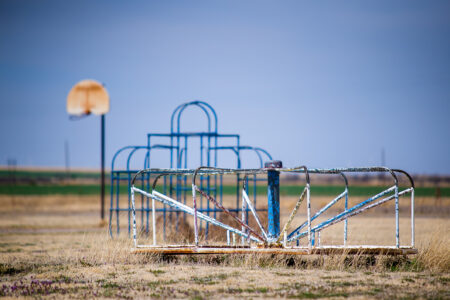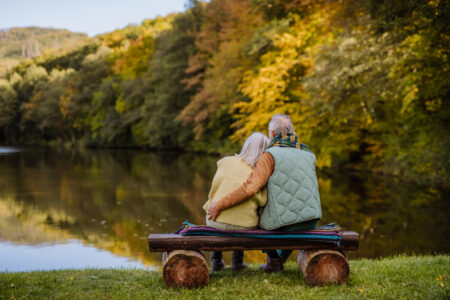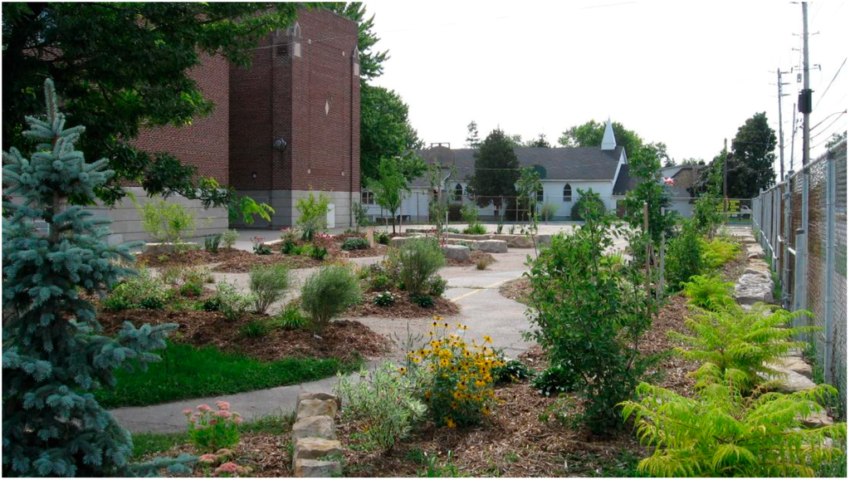
Share On Social!
Austin, Texas has many “nature gaps.”
In these areas, families lack parks for kids and families to play, which hinders their mental and physical health.
Government and school officials in this 38% Latino city wanted to connect children with nature, which can boost students’ academics and health.
Their solution?
“Green School Parks” that combine outdoor learning in nature during school time and act as a park for the community during out-of-school time.
The Fist Step to Green School Parks
More than two-dozen schools across Austin have shared use agreements that help fill the nature gap. In these agreements, schools open their schoolyards to the public after school and on weekends.
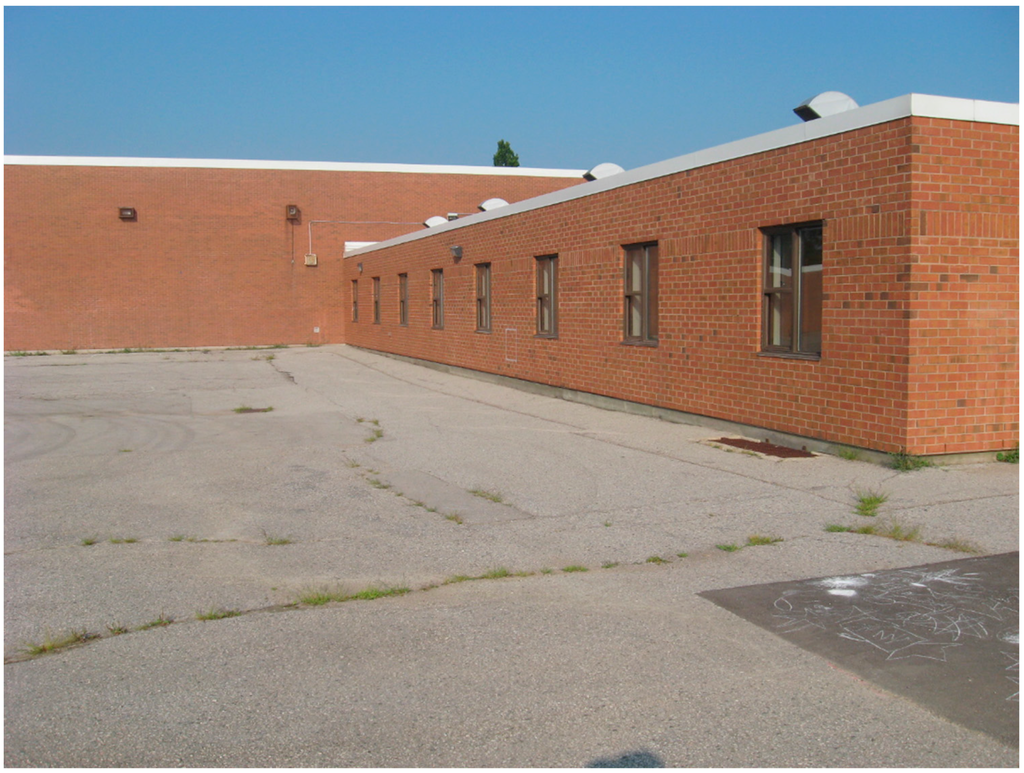
But not all schools have green play areas—some are just asphalt.
Fortunately, in 2016, Austin got a “Cities Connecting Children to Nature Strategic Planning Grant” from Children & Nature Network (C&NN) and National League of Cities Institute for Youth, Education and Families (NLC).
The Core Planning Team—made up of representatives from 10 City departments, Mayoral and City
Council Member aides, Austin ISD, healthcare providers and hospitals, a state agency, and six nonprofit organizations—met 10 times for strategic planning and in September created the Cities Connecting Children to Nature City of Austin Implementation Plan.
This enabled Mayor Steven Adler, Austin Independent School District, Parks and Recreation Department of Austin, and nonprofit and health groups to create the Austin’s Children’s Outdoor Bill of Rights Resolution.
The resolution states:
“Children of all ages, backgrounds, and abilities have the right to climb a tree, catch a fish, picnic in a park, hike a trial, ride a bike, splash in a creek or river, discover plants and wildlife, play in the sand and mud, gaze at the night sky, chase a firefly, plant a seed and watch it grow, and harvest and eat a fruit or vegetable.”
The Austin City Council voted on and unanimously approved the Children’s Outdoor Bill of Rights on January 26, 2017.
The measure included “immediate implementation of the Green School Parks Project in areas of Austin with low ‘nature equity,’” according to a guest blog by Mayor Adler and Director of Parks and Recreation Sara Hensley.
Additionally, greening schoolyards was one of four priority strategies identified in the Implementation Plan.
Implementing a Green School Park
Barrington Elementary School was selected as the first site and the Green School Project started with the community engagement phase.
This school park includes a nature discovery trail, nature play area, and outdoor learning area to serve as an outdoor classroom and recreation area during school as well as a community park during out-of-school time, like the summer.
The City of Austin’s Watershed Protection Department is also partnering on the Green School Project. They installed a cistern and rain gardens.
“This is the first Green School Park. We don’t have these across the city yet, however this is an idea that can spread when we dare to say ‘yes’ on behalf of the children,” said Dr. Paul Cruz, Austin ISD leader, in a statement.
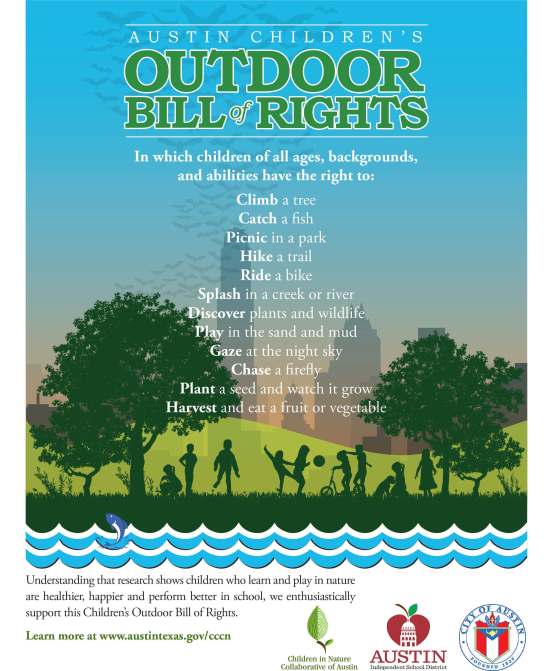
Wooldridge Elementary and Cook Elementary are next to get Green School Parks. Future schools will be prioritized by looking at nature gaps, economic opportunity and health factors.
Green school parks are gaining steam elsewhere, too.
An initiative in San Antonio, Texas helps schools improve and green their schoolyards and open them to the public.
Schools and water utilities in Chicago transformed acres of concrete and asphalt into green schoolyards. They have functional spaces to play, learn and be outside. They also help with storm water and flooding issues.
What Can You Do?
Share this in Austin so community members can enjoy green space over the summer.
Share this with members in your own community to start or continue the conversation about green schoolyards.
Bring this issue to your neighborhood association, school board, or other advisory board or commission, like a parks board, environment commission, or health council.
By The Numbers
33
percent
of Latinos live within walking distance (<1 mile) of a park


